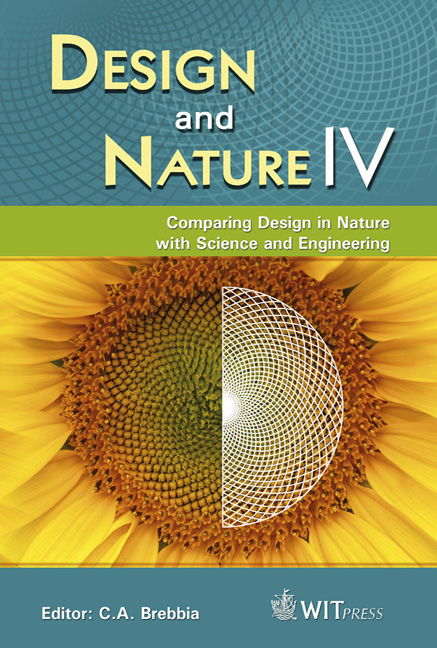Human Buildings + Education
Price
Free (open access)
Transaction
Volume
114
Pages
10
Page Range
339 - 348
Published
2008
Size
652 kb
Paper DOI
10.2495/DN080341
Copyright
WIT Press
Author(s)
Y. Lopez-Wilson
Abstract
Today's intensification of social and urban change coupled with issues of sustainability amplifies the demand for architectural solutions that strengthen the balance between nature-made and man-made environments. Wendell Berry (1990), in his book What Are People For? Calls into question the way human energies in recent history have been bent to the purposes of an extractive economy determined to dominate nature and increase the material wealth and security of our own species. Berry suggests that human welfare and meaning are located not in the values of the marketplace but in the relationships that can emerge among people and landscapes where care and continuity rather than commercial success are the central aims. One approach to establishing \“co-laboration” between the natural and built worlds is by encouraging educational experiments across the curriculum and across age groups to [explore] possible directions we might pursue in our attempt to engender a more ecologically sustainable culture. The architectural profession has undoubtedly embraced \“sustainability” as the buzz word of the 21st century. As such it has the responsibility to take a leading role in the immediate design innovations keeping in mind the economical and eco-friendliness aspects of a project without losing the archi-friendliness, as presented by University of Nebraska professor of architecture Martin Despang and graduate student Amber Ellet in their paper \“Generation P(ost-fossil) fuel” to be included in the Eco Conference 2008. This investigation takes the form of an educational experiment exploring the potential of humanoid, haptic and neural network robotics to produce a set of responsive architectural strategies to accommodate a credible range of occupancies and programs. Keywords: eco-literacy, robots, neural networks, curriculum, typological study.
Keywords
eco-literacy, robots, neural networks, curriculum, typological study.





